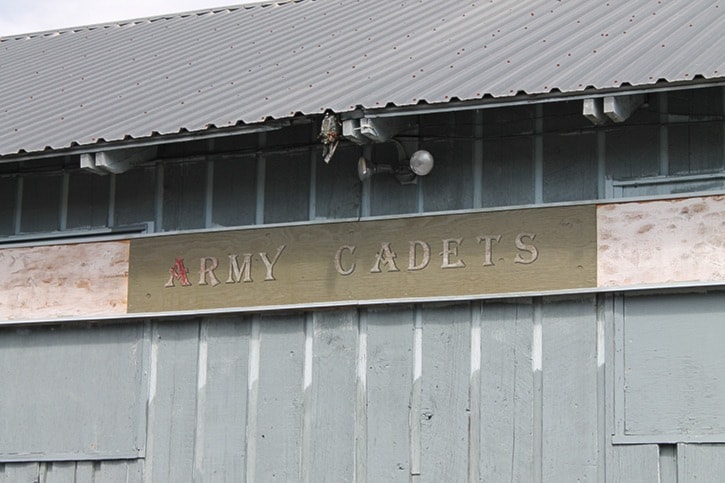A large colony of bats who have taken up roost in the former sea cadet building has become quite an exciting discovery for enthusiasts of the winged creatures, while delaying demolition plans for the building.
Ashleigh Ballevona, Skeena Bat Project Coordinator with BC Bats, said the estimate of the colony’s size is around 1,500, which is rare for the region.
“We don’t know a lot about population numbers throughout the province,” she explained.
“That’s a huge colony, huge.” said Walter Thorne with the Kitimat Valley Naturalists, who performed the count. (See the Northern Sentinel for a full profile of Thorne.)
Thorne also noted that there are typically less bats in the northern part of the province compared to southern BC.
“Some people see bats as vermin, as pests... They’re creepy to some people, but they have a real role in nature,” said Thorne.
“One bat can eat 600 bugs in one night,” he added.
“It’s quite a large roost for Northern BC and I know when (the District of Kitimat) were first contacting me about the roost they thought there was maybe a dozen or so,” said Ballevona.
The District of Kitimat got in contact with Ballevona and the Naturalists when they announced their plans to demolish the building. It hasn’t been used since 2014, and has now been condemned, according to Wayne Sussbauer, Technical Services Manager in the District’s engineering department.
“They’re a protected species so we need to do the appropriate steps at this point,” he said.
Sussbauer said no action will be taken until the bats have finished rearing their pups.
Ballevona said she has recommended to the District that they wait until the bat’s migrate for the winter to take down the building, as well as having new places for the bats to roost when they return, such as bat houses.
“They won’t overwinter there, the building isn’t heated so it’s unlikely that they’re going to hibernate there,” she said.
“Certainly we won’t be doing anything that will be harmful.” said Sussbauer.
All species of bats are federally and provincially protected under wildlife legislature. The species Ballevona and Thorne believe are inhabiting the building is the little brown myotis, which are very common in the region.
Little brown myotis’ have a wingspan of about 22-27 cm, and live approximately 6 to 7 years on average.
Bats in North America are currently threatened by white-nose syndrome, a deadly fungus that has wiped out many populations on the east coast of the US and Canada. There is currently no reported cases of the disease in BC, though it was detected in a dead bat in Washington State in March of this year.
“We’ve definitely stepped up our game in terms of trying to get more information about our bats,” said Ballevona. Having more information on numbers and colonies helps experts develop strategies to combat white nose syndrome, she said.
If people have bats or think they have bats in their building, they can contact Ballevona, who is based out of Smithers.
She can organize for groups such as Kitimat Valley Naturalists to come do a count, or provide people with information on how to do a count themselves.
“I can provide information on how to live harmoniously with their bats, if they do have an issue when they need to evict the bats, we can provide guidance on that,” she added.
For more information about bats in the province, visit bcbats.ca or call 1-855-922-2287.
